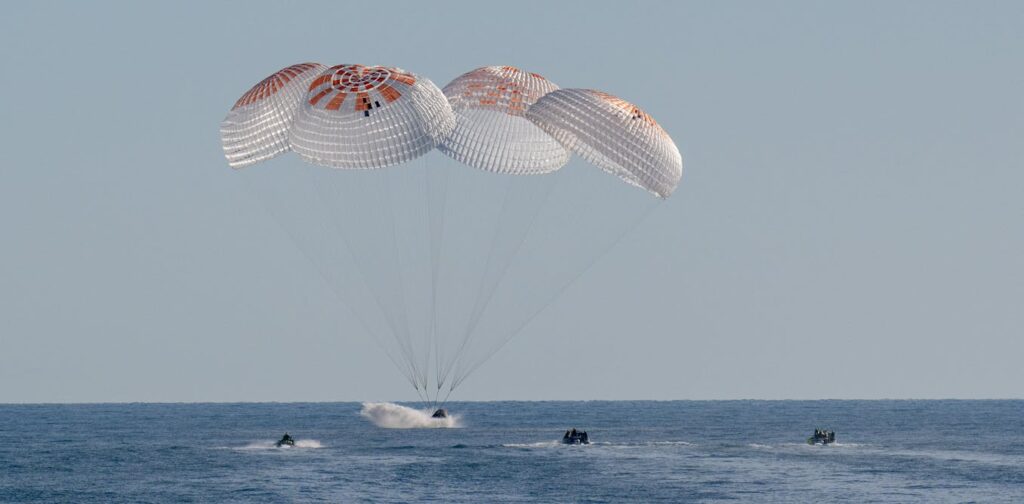
When considering the health challenges faced by astronauts during spaceflight, discussions often center on radiation exposure, bone density loss, and changes in vision. However, a less frequently addressed issue is motion sickness, an ailment that can significantly impact astronauts upon their return to Earth.
Motion sickness is not a new phenomenon. As a child, one of our researchers, Taylor, frequently experienced it during car rides, a condition exacerbated by her habit of reading or playing video games while traveling. This led to a disconnect between her vestibular system, which sensed movement, and her visual focus on stationary objects. This sensory conflict is a common cause of motion sickness, not only in cars but also in virtual reality environments, on ships, and notably, during spaceflights.
Understanding Space Motion Sickness
All astronauts have grown up in Earth’s gravitational environment, so their brains are accustomed to processing motion cues with gravity in mind. However, in the microgravity of space, this expectation is disrupted, leading to space motion sickness. Although astronauts eventually adapt to the lack of gravity, this adaptation poses a new challenge when they return to Earth.
Upon re-entry, astronauts’ brains, now accustomed to microgravity, must readjust to Earth’s gravity, leading to what is known as terrestrial readaptation motion sickness. This issue is compounded by the fact that many crew vehicles land in water, introducing the possibility of seasickness.
Over half of all astronauts experience space motion sickness upon reaching orbit, and terrestrial readaptation motion sickness occurs at a similar rate upon return.
The Risks and Current Solutions
Motion sickness can severely impair an astronaut’s ability to function, particularly during critical moments such as capsule recovery. In an emergency, the need for quick, decisive action is paramount, and motion sickness can hinder this ability.
Currently, astronauts often rely on medications that disrupt the brain’s hormonal response to motion sickness. However, these medications can cause side effects like drowsiness and may lose effectiveness over time.
Innovative Solutions: Virtual Reality Headsets
To address these challenges, our research team has explored the use of virtual reality (VR) headsets as a non-pharmaceutical intervention. In experiments simulating gravity transitions and ocean-like motion, VR headsets were used to provide visual cues that mimic looking out a window, potentially reducing motion sickness.
Participants were divided into groups: one with no visual cues, one with side window-like views, and another with front window-like views that included predictive motion cues. The results were promising.
Two-thirds of participants without visual cues experienced severe nausea, while only one-fifth of those with side window views and one-tenth with front window views had to stop early.
By projecting the capsule’s motion onto a VR headset, the incidence of motion sickness could be significantly reduced. This approach offers a promising alternative to medication, avoiding issues like side effects and shelf life concerns.
Implications and Future Directions
The potential applications of this research extend beyond space travel. Similar VR-based interventions could benefit individuals prone to motion sickness in everyday scenarios, such as on planes, trains, or buses, where looking out the front window is not always possible.
As space travel becomes more frequent and accessible, addressing motion sickness effectively is crucial. The use of VR technology represents a significant step forward, providing a safer, more comfortable experience for astronauts and potentially for travelers on Earth.
Further research will focus on enhancing the predictive capabilities of VR systems, ensuring they can accurately simulate future movements, thus offering even greater relief from motion sickness. This innovation could redefine how we approach motion sickness, both in space and on Earth.





